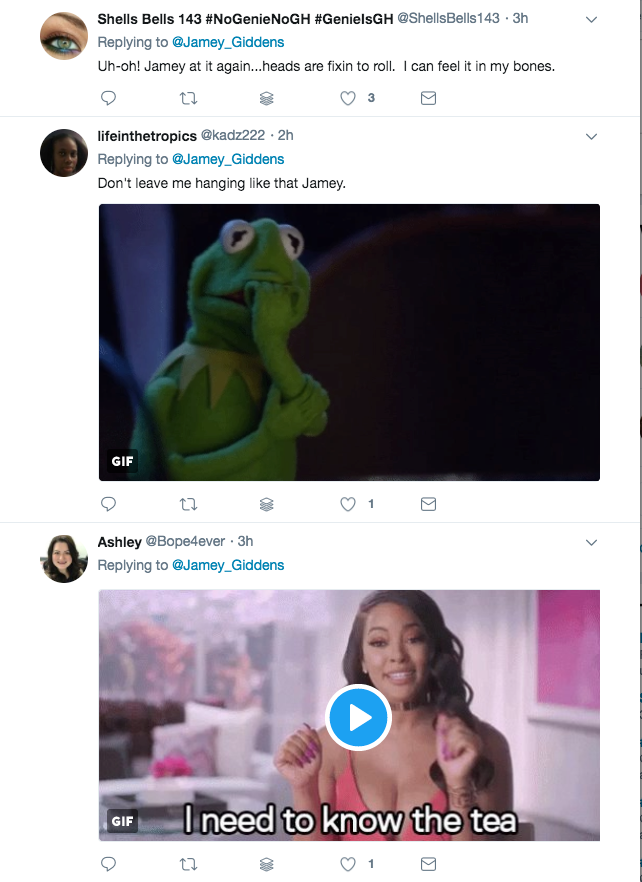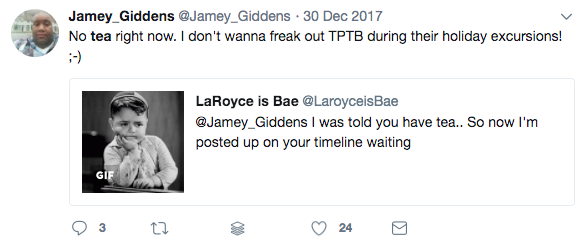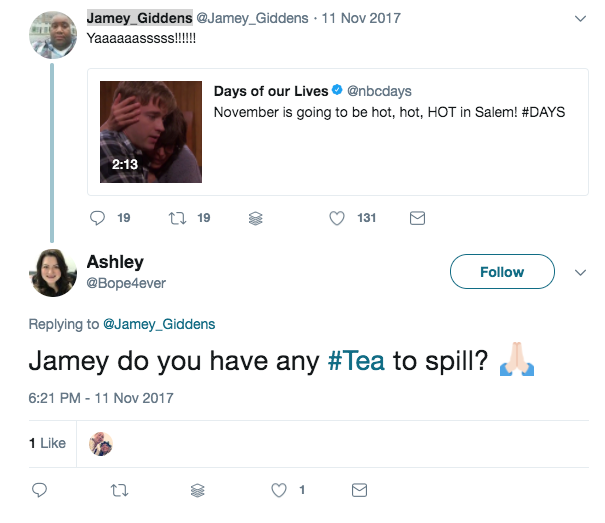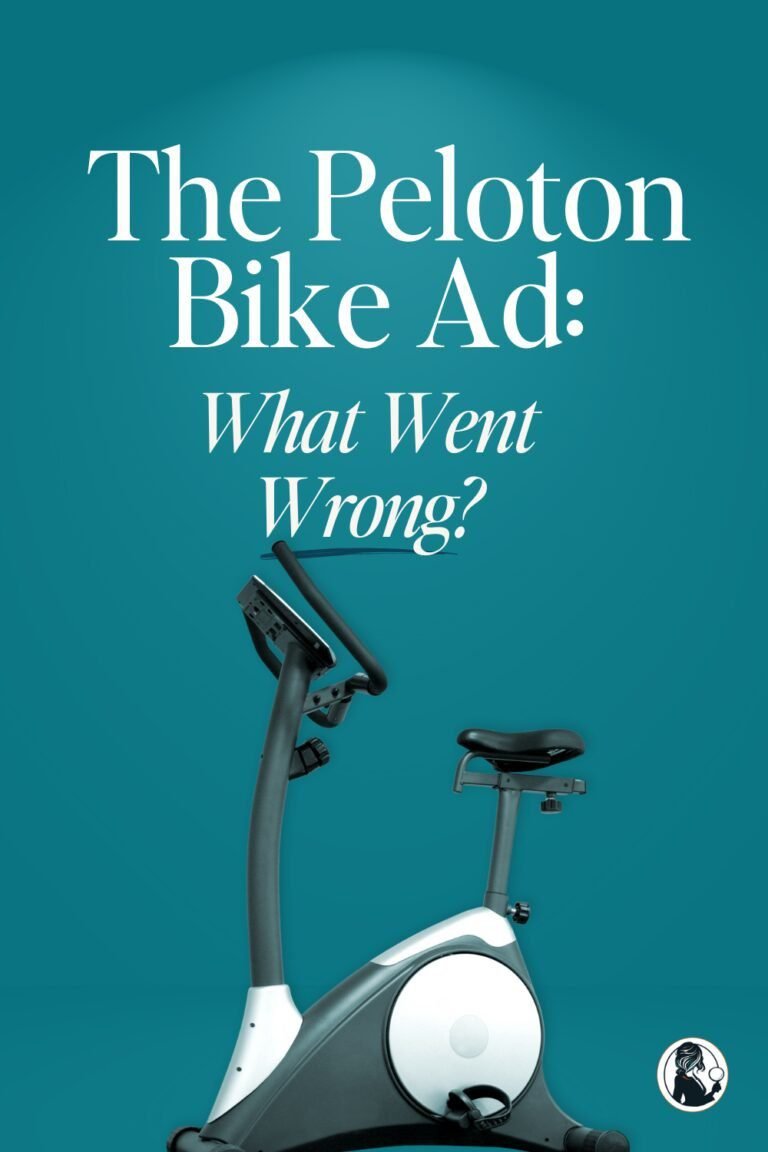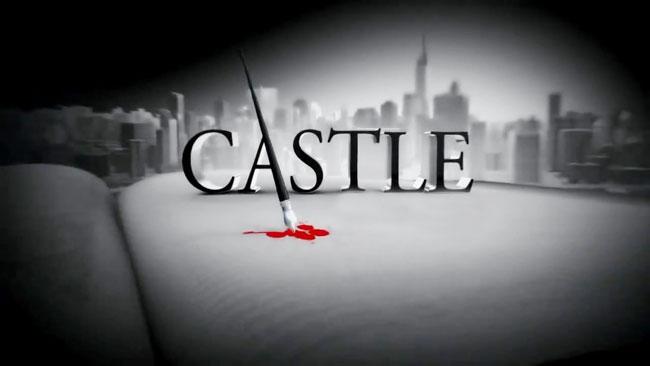When GIFs are a Sign You’re Living Your Brand Values
I love gifs. If you know me or even just follow me on social media, this will not come as a surprise. Hell, if you read this blog post, it won’t come as a surprise.
There are a host of articles that tell you how and why you should use gifs in your content marketing efforts. ClickZ says they’re easy to consume and appealing, on Forbes @johnrampton says yep, that and they help avoid misunderstandings in tone and meaning more than text.
All true. All good. And beyond that, they’re just plain fun.
But beyond the engaging and fun aspect of using them to tell story and connect with your audience, did you know GIFs in your marketing can be an indication of just how well your brand is being perceived?
Yup. Also true. You might not realize it, but the engagement and response to your GIF usage can shed a light on how well your brand and your brand values are being heard in your market.
Where did I see this example of GIFs gone right?
On #SoapTwitter. Yup, that’s a thing — the community of soap opera fans talking about their favorite shows on Twitter.
Don’t roll your eyes at me — there are lessons to be learned from everywhere, including the soap community. Actually, I say especially the soap community. (Such as this post on Brand lessons you can learn from the soap opera community.)
A perfect brand values example, brought to you by gif.
I recently saw a Twitter conversation stemming from a gif posted by co-owner of daytimeconfidential.com and host of the Pop Confidential podcast, Jamey Giddens – well known among soap fans (err, #soaptwitter) for having the details, the dish and loving to talk about all things soaps.
Here’s the tweet:
With this one single GIF, Jamey evoked this response in his followers:
And this one shows it perfectly:
It’s a bat signal. In a gif.
Brand in a GIF, people. Better than brand in a box.
How much brand awareness does one have to build for a single tweet to hold that much cache?
Now, I’m going to assume if you’re reading this article, you’ve said, “Hell yeah, GIFs fit my brand and I’m ready to roll.” And since John Rampton gave the “Consider this first before you use GIFs” bullet to-do list perfectly, I’ll just bow to his wisdom and quote it here:
[blockquote align=”none” author=”John Rampton”]
- Select a visually appealing element of your brand that will be memorable and align with what you want to promote about your company.
- Determine if your product or service has a special feature or differentiating quality that could be enhanced with a GIF.
- Assess the type of value or emotion that a consumer could find in the GIF.
- Decide if what you make is something that consumers would want to share.
- Figure out how you will track the response to the GIF, including any analytic tools that could provide data on how well it is received with your target audience.
[/blockquote]
But how do we get from these bullets to a single GIF prompting curiosity and instant understanding from our audience? Let’s backtrack on Jamey’s tweet – why was this GIF so effective?
Deconstructing the Plot –err, gif
“Spill the tea” means details, secrets, behind-the-scenes gossip — and it’s a term well applied to the spoilers and secrets that Jamey (hope he doesn’t mind if I call him that…) has revealed in the past to his followers.
You can look at the history of that word choice:
It’s about the history.
Gifs work really well when you’ve established aspects of your brand personality and your values. For instance, “tea” to Jamey’s followers is synonymous with sharing and making them feel included. For soap fans, spoilers and the behind-the-scenes goings-on are sometimes more fascinating than what’s on screen. For this audience, “tea” means something they get excited about.
If Jamey has a brand, one of the brand values I see as an observer (and follower) is inclusion — making followers feel like they’ve got the inside scoop. They’re part of the secret. The inside jokes. Inclusion is a pretty strong value system. And in fact, many of the non-soapy-secret things he posts about to show he supports inclusion in a variety of ways.
[Tweet “One key value of Jamey’s brand is “inclusion” – which is a compelling pull. What are your key brand values?”]
Finding a visual representation to call for that excitement of his audience being included becomes a natural fit. A bat signal, even.
But… WHY do they work?
Why can gifs have such a strong, visceral impact on us? There’s the physiological side of things:
Our brains process video 60,000 times faster than text. Which could implies that in the course of our days, getting that “instant” response to something is far more likely with a video based post than a text based post.
We attach more emotion to video than we do the written word. We’re wired to see the world in a visual way.
But what works effectively here is that Jamey has laid a strong foundation of one of his core values of his brand: the aforementioned Inclusion. That value has been on display, repeatedly in his interactions, creating an expectation that he’s met time and time again. That value has an emotional attachment for his followers and builds a loyalty to that continued display of it.
How do you get all Gif-ee? (so not a word, I know)
So how do you build your gif bat signals? Here is a starting checklist to help you ask the right questions:
- What core values does your business align with, over and over again?
- What content do you put in the market that adheres to those values?
- What is your brand voice?
- Does the perception your audience has of your company consistently mirror these values and voice to you?
- For example if you think one of your core values is “human” and your brand voice is funny, does your audience perceive you that way?
- How can you build content in social and your other channels that shows HOW you live your values?
- Where is the alignment of your values and your voice?
- Now, what visual representations can you create that would express that without words?
Take a look at giphy.com and see what gifs resonate with you, then try them out in the wild. It’s a good check to see if your audience perceives you the way you think they do. And remember: authenticity is key for any of this to work. You have to actively live your values and showcase them for your audience to believe it.



